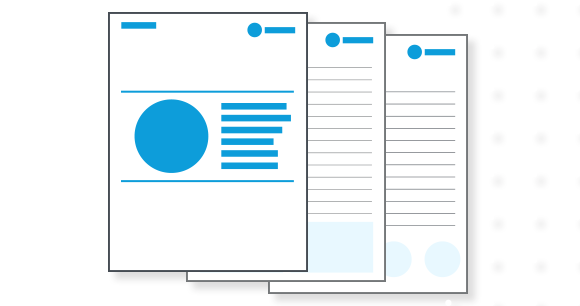Forrester TEI Study finds 426% ROI from MuleSoft.
Read the report.Legacy Modernization for Communication Service Providers
Current State
For many years, communication service providers have struggled to transform their IT architecture and landscapes that have grown over the last two decades. Most of them are facing the legacy challenges of monolithic BSS/OSS stacks compounded as the tech stacks differ for each line of business, as past acquisitions were never integrated.

A typical architecture includes various technologies and solutions from multiple vendors to support the necessary IT-capabilities, and is often fragmented within a particular customer segment. The technologies in use range from bespoke client-server and even mainframe systems, to packaged applications that have been customized. More recently cloud applications have been added to the picture to solve tactical projects.
All these legacy technologies need to support a comprehensive set of business processes throughout the customer lifecycle, along with the rapidly evolving products and services being offered. This situation increases operational costs and the risks of running core business processes in outdated and unsupported systems, often with little or no staff with the pertinent knowledge and skills.
Therefore it is very difficult for operators to quickly meet the demands of today’s market when it comes to customer experience, taking new offers to market and implementing new business initiatives.
Our customers want a more flexible build and to be able to compose journeys across all channels to improve the customer experience. This omnichannel support needs to be available across all lines of business for all customer segments, whether it is mobile, fixed, data, or TV.
This should be driven by technical enablers, like cloud, APIs, and microservices, supported by agile software development processes, as well as a DevOps approach to becoming a flexible and fast organization with low-touch and self-service experiences.
How to modernize these legacy systems?
There are several options to modernize the existing legacy stacks, the main patterns are tactical solutions, and integrations, a classical “rip and replace” approach and a modernization approach with a new digital experience layer.
One-off solutions and integrations
Extending the legacy stack with point solutions and integrations, like particular SaaS applications for tactical projects driven by LOB departments, is an approach that can solve immediate business challenges.
However, it does not address the core issues of the underlying architecture and systems landscape. Central IT functions remain a bottleneck for the entire organization, the approach is not scalable and increases the complexity of the IT landscape, leading to technical debt with integration and data replication challenges.
Rip and replace
The “rip and replace” approach was widely used for many years. It involves replacing legacy applications with modern applications and technologies including the migration of business processes, products/services. It has recently lost popularity as such an undertaking results in an expensive, high-profile multi-year transformation program with high failure rates. Additionally, with the replacement of legacy systems, many years or even decades of investment are wasted and the company takes a massive risk on the transformation initiative. and the business is put at risk with a massive transformation program.
Modernize with a digital experience layer
Modernizing legacy stacks with a digital experience layer reduces the risk associated with bringing new capabilities into the business. This is achieved through cloud-based solutions that build an API-layer between the existing legacy applications and user and customer facing channels. As soon as consuming systems rely on modern APIs, legacy systems can either be gradually replaced and/or existing capabilities can be re-used, extended, and composed with new services to meet new business requirements. Utilizing an agile approach brings immediate business value.
For more information, download our legacy modernization whitepaper.




